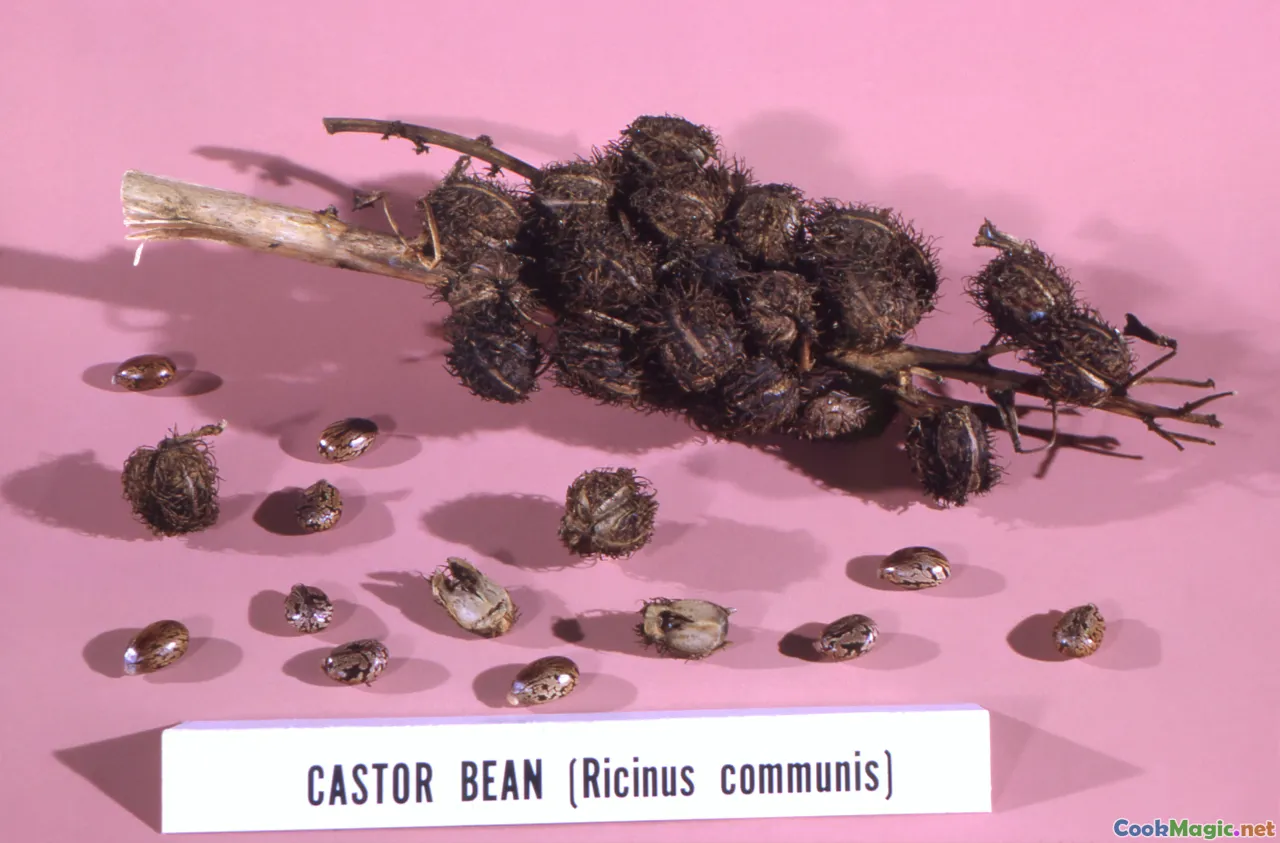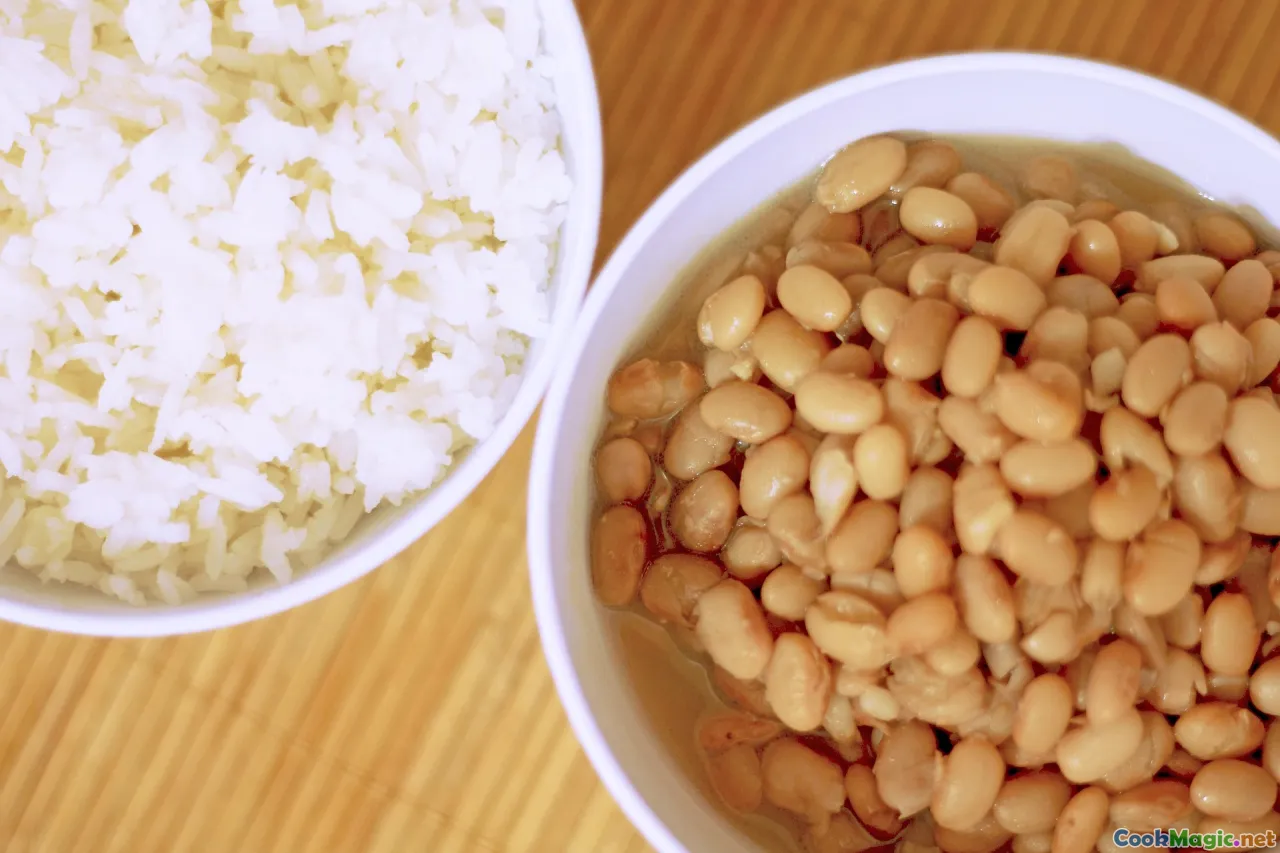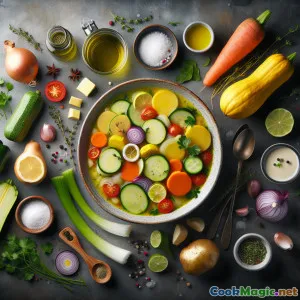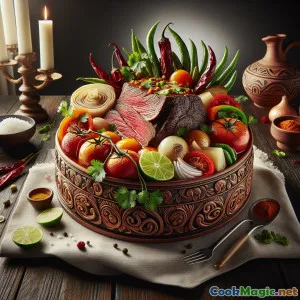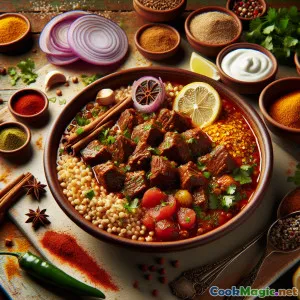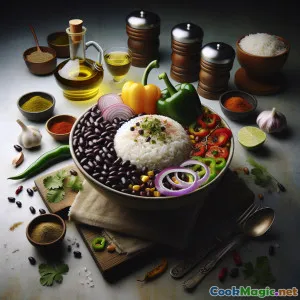
Kabaçar Usulü Rustik Pilav
(Rustic Arroz Campesino Cabécar-Style)
(0 Yorumlar)0
744
Temmuz 29, 2025
Bir Sorun Bildir
Malzemeler
-
200 grams Orta taneli beyaz pirinç
(Washed twice, drained well.)
-
180 grams Cabécar Fasulyesi (miras siyah fasulye)
(Soaked overnight and cooked separately.)
-
0.5 unit Yeşil biber
(İnce doğranmış)
-
1 small Kırmızı soğan
(İnce doğranmış.)
-
2 cloves Taze Sarımsak
(Kıyılmış.)
-
0.5 teaspoon Achiote tozu
(For earthy color.)
-
0.25 teaspoon Toz kimyon
(Adds classic rustic flavor.)
-
2 tablespoons Bitkisel yağ
(Neutral oil or lard traditional.)
-
80 grams Bütün mısır taneleri
(Fresh or canned, drained.)
-
2 tablespoons Chililico otu (Karayip kişnişi) veya kişniş
(Finely chopped; chililico is traditional.)
-
500 ml Sebze suyu veya fasulye pişirme suyu
(Use bean liquid for deeper color.)
-
1 teaspoon Tuz
(İstediğiniz gibi.)
-
0.25 teaspoon Karabiber
-
4 wedges Limon dilimleri
(Servis için.)
(Washed twice, drained well.)
(Soaked overnight and cooked separately.)
(İnce doğranmış)
(İnce doğranmış.)
(Kıyılmış.)
(For earthy color.)
(Adds classic rustic flavor.)
(Neutral oil or lard traditional.)
(Fresh or canned, drained.)
(Finely chopped; chililico is traditional.)
(Use bean liquid for deeper color.)
(İstediğiniz gibi.)
(Servis için.)
Besin Değerleri
- Porsiyon: 4
- Porsiyon Boyutu: 1 kase (300g)
- Calories: 412 kcal
- Carbohydrates: 72 g
- Protein: 13 g
- Fat: 7 g
- Fiber: 12 g
- Sugar: 4 g
- Sodium: 730 mg
- Cholesterol: 0 mg
- Calcium: 78 mg
- Iron: 3.2 mg
Talimatlar
-
1 - Cook Frijol Cabécar:
If using dried beans, drain soaking water, add fresh water, bring to a boil, then simmer 1-2 hours until tender. Set aside 180g cooked beans (about 1.5 cups) and reserve some cooking liquid.
-
2 - Sauté the Sofrito:
Heat vegetable oil in a heavy pot. Add diced onion, garlic, and bell pepper. Sauté for 4 minutes until fragrant and translucent.
-
3 - Toast Rice & Spices:
Add the washed rice to the sofrito. Stir well and toast for 2 minutes, then add achiote powder and ground cumin (if using) and combine until evenly colored.
-
4 - Simmer Rice & Beans:
Add Frijol Cabécar beans and corn. Pour in the vegetable broth or bean cooking liquid, season with salt and pepper. Stir, bring to a boil, then lower heat, cover, and simmer for 16-18 minutes—or until all liquid is absorbed and rice is tender.
-
5 - Steam & Add Herbs:
Remove from heat but keep covered for 5 minutes. Gently fold in chopped chililico herb (or cilantro).
-
6 - Serve Country-Style:
Fluff the rice, serve warm in medium bowls. Add a squeeze of lime and garnish with extra chili-cilantro, if desired.
If using dried beans, drain soaking water, add fresh water, bring to a boil, then simmer 1-2 hours until tender. Set aside 180g cooked beans (about 1.5 cups) and reserve some cooking liquid.
Heat vegetable oil in a heavy pot. Add diced onion, garlic, and bell pepper. Sauté for 4 minutes until fragrant and translucent.
Add the washed rice to the sofrito. Stir well and toast for 2 minutes, then add achiote powder and ground cumin (if using) and combine until evenly colored.
Add Frijol Cabécar beans and corn. Pour in the vegetable broth or bean cooking liquid, season with salt and pepper. Stir, bring to a boil, then lower heat, cover, and simmer for 16-18 minutes—or until all liquid is absorbed and rice is tender.
Remove from heat but keep covered for 5 minutes. Gently fold in chopped chililico herb (or cilantro).
Fluff the rice, serve warm in medium bowls. Add a squeeze of lime and garnish with extra chili-cilantro, if desired.
Kabaçar Usulü Rustik Pilav :Hakkında Daha Fazlası
Arroz Campesino de Frijol Cabécar: The Soul of Rural Costa Rica
Arroz Campesino de Frijol Cabécar is not just a comforting rice-and-bean meal—it's a hearty, wholesome gateway to both the Costa Rican countryside and its indigenous Cabécar people. While appearances might suggest "just another rice and beans," every element in this recipe connects deeply to ancestral farming, biodiversity, and timeless ways of feeding body and spirit. Let’s explore its inspirations, traditions, and rewarding flavors in detail.
A Homage to Cabécar Heritage
'Frijol Cabécar' is a lesser-known wild bean native to the Talamanca mountains, often grown by the Cabécar indigenous community. Unlike supermarket black beans, this variety has a deep, nutty complexity and adapts perfectly to organic Costa Rican soils. Rural rice dishes like Arroz Campesino highlight the beans with only gentle seasonings: a touch of local achiote for color, plenty of fresh herbs for aroma, and the savory, warming taste of slow simmered pulses and rice. This reflects a longstanding reality of the region: food is medicine, sustenance, and ceremony in one.
The Importance of Sofrito and Heirloom Ingredients
Making this dish truly special starts with its sofrito—onions, garlic, and bell peppers engineered not to mask, but to amplify the flavors of earth-grown produce. While green bell pepper and red onion might be more familiar, finding chililico (the Caribbean cousin of cilantro) will launch you directly into traditional Costa Rican flavor profiles; its citrusy notes balance the dish and provide a historical echo. Even if you substitute standard black beans, aim for heirloom, organic pulses for maximum taste and texture.
Culture in Every Grain
In Costa Rican 'fincas' (small farms), rice and beans are constant sources of nutritious calories—but the meal is never monotonous. Each village, even individual farmhouses, may have their rice: adding sweet corn for contrast and a reminder of the revered maize crop, perhaps tossing in squash, bacon, or wild edible greens if available. Achiote not only adds color; it’s a powerful cultural pigment used in cooking, rituals, and textiles across Mesoamerica.
The dish is completed with a squeeze of acid—often lime—which both cools and heightens the rustic flavors simultaneously.
Tips, Notes & Customizations
- If Frijol Cabécar is unavailable, use a quality heritage black bean—experimenting with cooking time or retaining extra bean liquid to keep starch and savor intact.
- Corn can be optional, but it’s highly encouraged for texture contrast and cultural authenticity.
- If chililico herb is out of reach, use a mix of flat-leaf parsley and cilantro for the closest effect.
- Add heat by stirring in minced chili with the base vegetables, or serve thinly sliced on top.
- Reheating the rice stew with a splash of bean broth reinvigorates leftovers perfectly the next day.
The Power of Simple Food
Arroz Campesino is more than the sum of economical parts: a one-pot meal for workers, vegetarians, families, or those searching for food that fortifies the soul. Vegan by nature, beautifully balanced, and slightly sweet from the corn and achiote, this dish exemplifies resourceful cookery.
Cultural and Modern Relevance
Today, a renewed appreciation for indigenous and rural wisdom infuses high-end Costa Rican tables. Internationally, vegetarians and flexitarians value the complete protein profile and dietary fiber. Through this bowl of rice and beans, you reconnect not just with Costa Rica, but with countless generations who made sustenance sustainable—even celebratory.
Take your time with each step, recognizing the traditions behind every aromatic, nourishing bite. Enjoy Arroz Campesino de Frijol Cabécar as a main course for four or as a universal, edible memory of how communal kitchens transform the humblest ingredients into living history.


